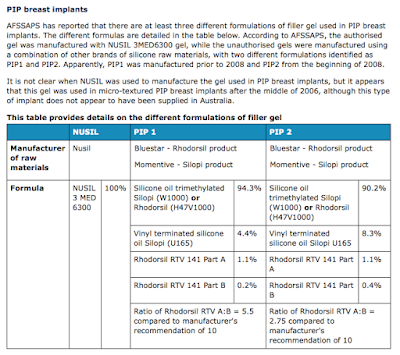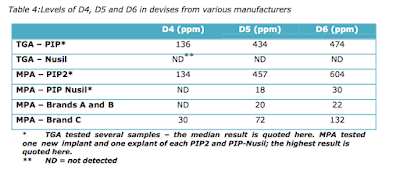Implant Maker Hid Defects, Workers Said
By GARDINER HARRIS MAY 22, 2005
Two former employees of a major manufacturer of silicone breast implants said in sworn depositions in 2003 that the company for years made defective implants that were prone to rupture and hid this information from customers and federal regulators.
Read the full article here:
By GARDINER HARRIS MAY 22, 2005
Two former employees of a major manufacturer of silicone breast implants said in sworn depositions in 2003 that the company for years made defective implants that were prone to rupture and hid this information from customers and federal regulators.
Read the full article here:
"Implant Maker Hid Defects, Workers Said" New York Times Archive 2005






